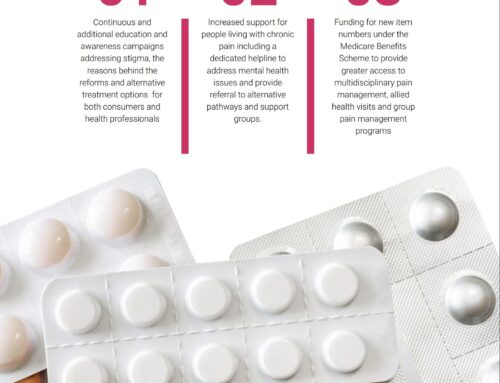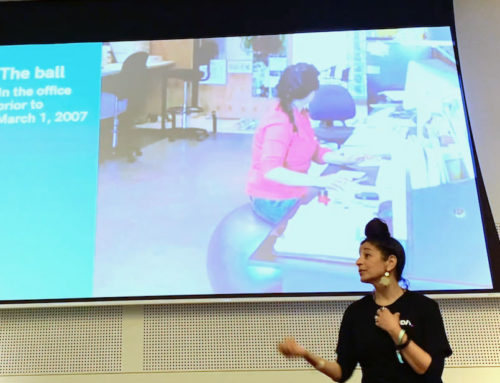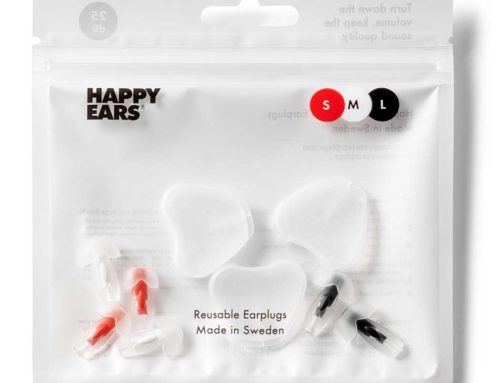avulsion The forcible tearing away of a body part by trauma or surgery
chronic A chronic condition is continuous or persistent over an extended period of time. A chronic condition is one that is long-standing, not easily or quickly resolved (tipna.org)
coccygeus muscle One of two muscles in the pelvic diaphragm. A triangular sheet of muscle and tendinous fibers. It acts to draw the coccyx ventrally, helping to support the pelvic floor (see also Levator Ani)
coccyx A small triangular bone at the end of the spinal column
entrapment A disorder of a peripheral nerve characterized by pain and/or loss of function of the nerves as a result of chronic compression. The most common form of entrapment is Carpal Tunnel Syndrome (tipna.org)
epidural Injection of anaesthetic into the space outside the dura mater enveloping the spinalcord
episiotomies Surgical incision into the perineum during the late stages of labour to prevent its laceration during childbirth and to make delivery easier
fascia A sheet or band of fibrous connective tissue enveloping, separating, or binding together muscles, organs, and other soft structures of the body
fibrosis Formation of fibrous tissue
hyperaesthesia A neurologic symptom where there is an unusual increased or altered sensitivity to sensory stimuli
innervation The arrangement or distribution of nerves to an organ or body part
levator ani One of a pair of muscles of the pelvic diaphragm that stretches across the bottom of the pelvic cavity like a hammock, supporting the pelvic organs (see also Coccygeus Muscle)
ligament 1. A band of fibrous tissue connecting bones or cartilages, serving to support and strengthen joints.
2. A double layer of peritoneum extending from one visceral organ to another
nerve block Injection of a local anesthesia to temporarily stop the ability of a nerve to transmit pain signals. The typical anesthetic for PN nerve blocks is lidocaine. PN nerve blocks are an important diagnostic tool.
neuromodulation Electrical stimulation of a peripheral nerve, the spinal cord, or the brain for relief of pain.
Neuralgia (Dictionary.com) – Pain along the course of a nerve. (MedicineNet) Also: A disease, the chief symptom of which is a very acute pain, exacerbating or intermitting, which follows the course of a nervous branch, extends to its ramifications, and seems therefore to be seated in the nerve. It seems to be independent of any structural lesion.
Neuralgia (tipna.org) A subset of neuropathy. Thus the more precise term for pudendal area pain is Neuralgia. PN is therefore best called Pudendal Neuralgia, not Pudendal Neuropathy, as we have been accustomed to doing. Thanks to Pierre Gauvin for this observation
Neuropathy A disease of the nervous system. The three major forms of nerve damage are: peripheral neuropathy, autonomic neuropathy, and mononeuropathy. (Wikipedia) [Need to explain peripheral versus autonomic nerves, how PN is a form of peripheral neuropathy.]
obturator A structure, such as the soft palate, that closes an opening in the body
parturition The process of labor and delivery in the birth of a child
pelvic floor The soft tissues enclosing the pelvic outlet
perineum 1. The pelvic floor and associated structures occupying the pelvic outlet, bounded anteriorly by the pubic symphysis, laterally by the ischial tuberosities, and posteriorly by the coccyx
2. The region between the thighs, bounded in the male by the scrotum and anus and in the female by the vulva and anus
peripheral a. Of the surface or outer part of a body or organ; external
b. Of, relating to, or being part of the peripheral nervous system
piriformis A muscle in the pelvic girdle that is closely associated with the sciatic nerve
prolapse Protrusion of
sacrum The large wedge-shaped bone, consisting of five fused vertebrae,inthelowerpart of the back
symphysis An adhesion of two or more parts
syndrome A set of symptoms occurring together
viscera The soft internal organs of the body, especially those contained within the abdominal and thoracic cavities










Leave A Comment